
While the link between avian species and chemistry might seem spurious – maybe something coming from a chemist who wants to demonstrate that “chemistry is everything” – it is actually quite clear-cut and strong.
Birds are of the same species if their genetic information is very similar, and not of the same species if it is not. And the genetic information of birds (and other animals) is encoded in their DNA, which is a chemical molecule.
Or to quote the National Human Genome Research Institute, “Deoxyribonucleic acid (DNA) is a molecule that contains the biological instructions that make each species unique”.
(Sadly, the website also has a warning stating “Due to reduction in workforce efforts, the information on this website may not be up to date, transactions submitted via the website may not be processed, and the agency may not be able to respond to inquiries.” In a few years, US Americans will wonder what evil tricks other countries played on them that made them pass the USA with regard to scientific progress.)
DNA consists of two strands (chains) of polynucleotides. The “poly” means that each strand is composed of a large number of nucleotides. And each nucleotide in itself has a similar (but not identical) structure – it contains a sugar, a phosphate group, and one of four nitrogen-containing nucleobases. The way the genetic information is stored in the DNA is in the sequence of the four possible nucleotides in the overall chain.
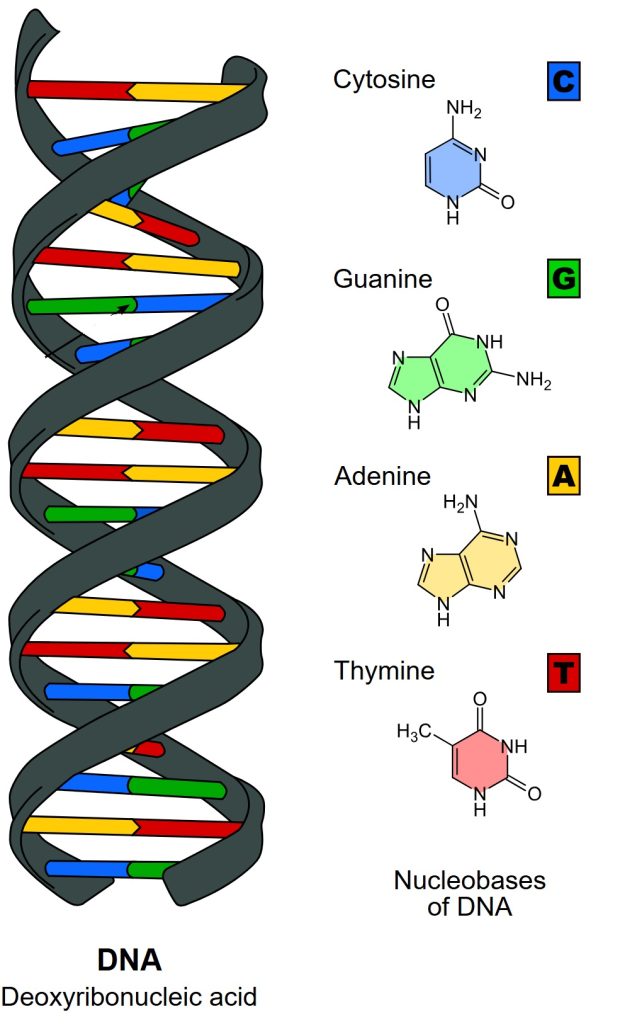
What information is it that is stored in the avian DNA? Information on
- The shape of beaks, wings, and feathers
- The color of feathers
- Behavior, such as some calls and migratory behavior
- Physiology, such as the metabolism or the immune system
But isn’t the DNA between two different humans – or birds of the same species – also different? True – but the differences are very small. So, only if the difference in DNA exceeds a certain threshold does it make sense to speak of different species.
As a rough rule, the difference in a specific region of the DNA (the mitochondrial COI gene, which is often used for DNA barcoding in birds) needs to be 2-3% or higher to separate different species. If the difference is smaller, hybridization may still be possible.
And what does that mean in terms of a timeline? How long does it take for two bird populations starting with identical DNA to develop a difference of 2-3%?
A rough estimate gives a value of 1 to 5 million years. This is based on the fact that the DNA of a species mutates at a relatively constant rate of 1% per million years. So, if our two populations are separated and mutate at this rate, after 1 million years, their DNA differs by about 2% (as each has moved away by 1% from the starting point). To reach a divergence of 3%, it will take about 1.5 million years. As some mutation rates are lower, even longer times up to the 5 million years mentioned above are possible.
So, if the chemicals that characterize two individual birds – their DNA – are different enough, they are of different species. And if there is a difference, but it is not very big – say, somewhere between 0.1 and 1% but well below 2% – this may indicate subspecies of the same full species.
Illustrations:
“DNA – Blue” by Spanish Flea is licensed under CC BY-NC-ND 2.0.
By File:Difference DNA RNA-DE.svg: Sponk / *translation: Sponk – Chemical structures of nucleobases by Roland1952, CC BY-SA 3.0, https://commons.wikimedia.org/w/index.php?curid=9810855







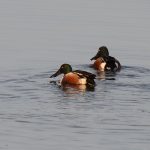
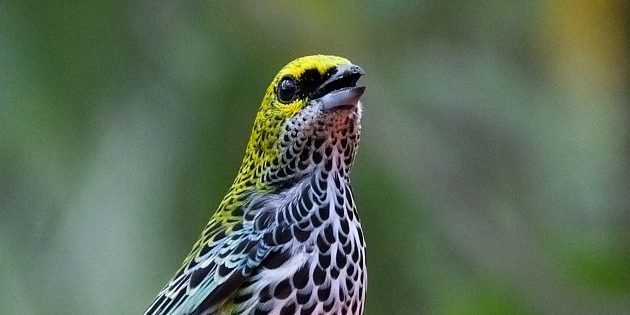

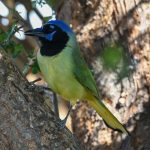
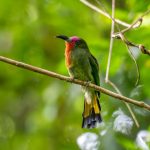

DNA, the ultimate chemical. I once read that DNA is not very reactive which presented a bit of a problem to biologists and biochemists. Is that true? How does an unreactive molecule its information across then?